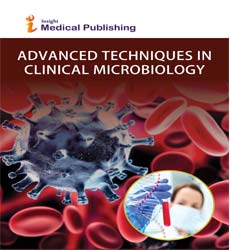Antibacterial effect of TiO2 and ZnO vs Ag nanoparticles on some pathogenic, phytopathogenic bacterial strains
Abstract
In the past century, the widespread strategy to prevent microbial contamination and to kill microorganisms consisted in adding antibiotics. However, the emergence of bacterial resistance to antibiotics has prompted researchers to turn to alternative solutions. The antibacterial activities of some nanoparticles make them attractive candidates as new agents against pathogenic bacteria. In the present work, antibacterial effects of nanoparticles are measured with cylinder diffusion technique, liquid and agar nutrient medium are used for bacterial culture. Antibacterial effects of concentration 0.1, 0.5, 1 and 1.5% of TiO2 and ZnO nanoparticles are used in the three analyzed bacterial strains wereknown for their resistant to a lot of antibiotics. Inhibition zone measurement showed an interesting result, the maximum inhibition zone (12 mm) was observed in 1.5% of ZnO nanoparticles against Staphylococcus aureus. Based on this study, we showed that 60 nm ZnO nanoparticles have a smaller MIC than silver nanoparticles having a diameter between 8 and 40 nm against Staphylococcus. The nanoparticles of TiO2 with 13 nm of diameter showed a better MIC against Salmonella sp compared to the silver nanoparticles, and inhibit also the phytopathogenic bacteria of the species Dickeya solani.
Open Access Journals
- Aquaculture & Veterinary Science
- Chemistry & Chemical Sciences
- Clinical Sciences
- Engineering
- General Science
- Genetics & Molecular Biology
- Health Care & Nursing
- Immunology & Microbiology
- Materials Science
- Mathematics & Physics
- Medical Sciences
- Neurology & Psychiatry
- Oncology & Cancer Science
- Pharmaceutical Sciences
